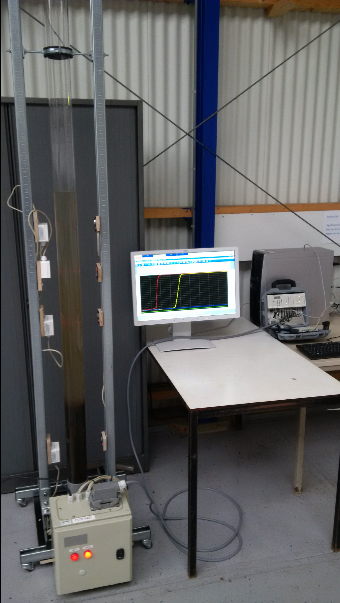Early warning system for sludge wash out
ThemeWastewater Treatment, Measuring & Monitoring

Summary
Washout of solids do not only result in a damaged reputation but also in extra costs. Washout of solids, effluent solids concentration in exceed of 30 mg / l (definition STOWA) can have many causes; a high hydraulic load (usually due to heavy rainfall), short-circuit flow between influent and effluent, too low or too high sludge volume index (SVI) or a high concentration of sludge in the aeration tanks.
Corrective measures such as adjusting the sludge return flow, reducing the solids concentration in the activated sludge tank, reducing mixing in the activated sludge tank to promote sedimentation or dosing of coagulant are in some cases inadequate because the sludge level rise can happen very fast. Noticed in time can, in some cases, prevent, reduce the length or the intensity of the washout. Should nevertheless washout occur, the extra costs are a consequence but one can demonstrate that everything was done to prevent it.
Sensors to detect washout of solids before it actually happens are currently not available. The development of a new innovative system (sensor with associated process automation control) to identify the sludge level rise ahead of time can prevent washout of solids. This can prevent damage to image and save costs.
Start of Research
November 2016
End of Research
April 2017
Researcher
- Pascal de Theije
- Han van de Griek
- Evides Industrial Water
ContactPascal de Theije
[email protected]

